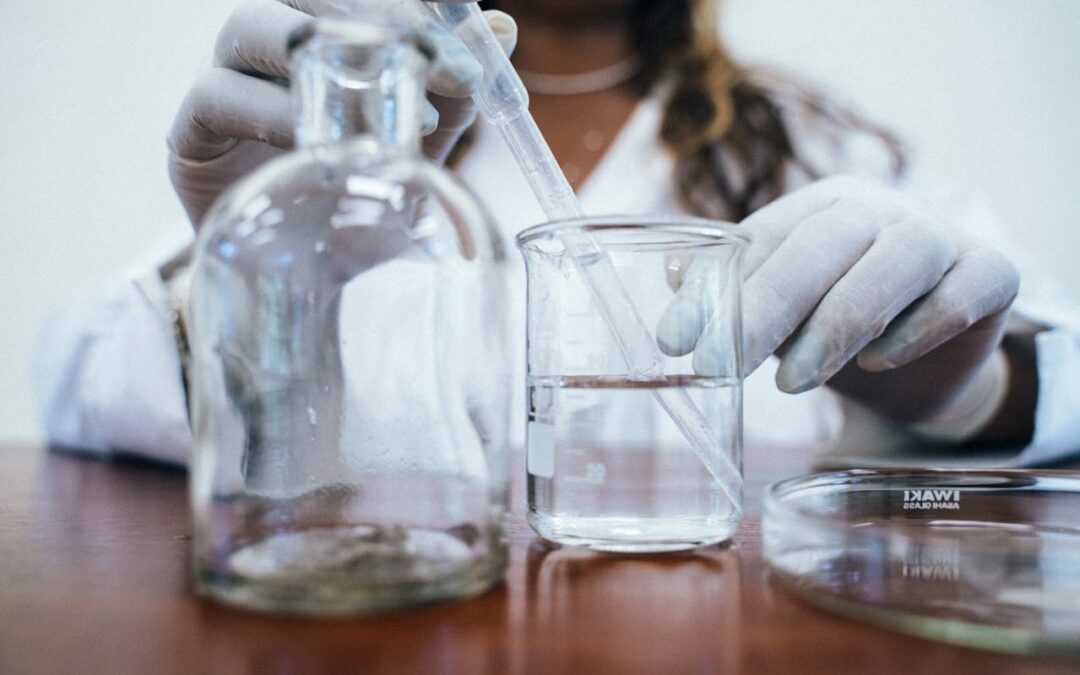Today, we’re diving into a topic that’s been gaining attention for all the right (and scary) reasons—PFAS water testing.
PFAS, or per- and polyfluoroalkyl substances, are synthetic chemicals found in countless everyday items.
While they make life more convenient, they’ve also earned the nickname “forever chemicals” because they don’t break down easily in the environment—or in our bodies.
If you’re concerned about whether these chemicals are lurking in your drinking water, you’re not alone.
Let’s explore how to test for PFAS in water, why it matters, and what you can do to protect yourself and your family.
What Are PFAS?
Before we get into the nitty-gritty of PFAS water testing, let’s understand what we’re up against.
PFAS are a group of man-made chemicals used since the 1940s in products like non-stick cookware, waterproof clothing, food packaging, and firefighting foam.
While their water-repellent and heat-resistant properties are helpful, the downside is they persist in the environment for decades.
These chemicals have been found in soil, air, and, yes, water.
Once PFAS enter water systems, they’re incredibly hard to remove, which is why testing is so crucial.
Why Is PFAS in Water a Problem?
PFAS can have harmful effects on both the environment and human health.
For humans, long-term exposure to PFAS has been linked to:
- Hormonal Disruptions
- Immune System Suppression
- Increased Risk of Certain Cancers
- Liver Damage
Even small amounts of PFAS in water can build up in your body over time, leading to potentially serious health issues.
This is why PFAS water testing is an essential step to ensure your drinking water is safe.
How to Test for PFAS in Water
If you’re worried about PFAS in your water, the good news is that there are reliable ways to test for them. Here’s how to get started with PFAS water testing:
1. Order a Water Test Kit
Several companies and labs offer home test kits specifically designed to detect PFAS. These kits allow you to collect a water sample and send it to a certified lab for analysis.
2. Check with Local Water Authorities
Many local and state health departments conduct water testing programs that include PFAS testing. Reach out to your local water authority to see if they offer testing services or if they can recommend certified labs.
3. Hire a Professional
For the most accurate results, consider hiring an environmental consultant or water-testing service. Professionals can perform on-site testing and provide detailed reports on PFAS levels in your water.
4. DIY Methods (Limited Options)
While there aren’t reliable DIY methods for PFAS water testing at home, some advanced filtration systems come with test indicators to detect contaminants. However, these might not specifically target PFAS.
How Accurate Is PFAS Water Testing?
When done through certified labs or professionals, PFAS water testing is highly accurate. Labs use advanced methods like liquid chromatography and mass spectrometry to identify even trace amounts of PFAS.
If you’re using a home test kit, make sure it’s from a reputable provider and that the lab analyzing your sample is certified for PFAS testing.
How Much Does a PFAS Water Test Cost?
The cost of PFAS water testing can vary depending on the method and lab you choose:
- Home Test Kits: Typically range from $50 to $150.
- Certified Lab Tests: Can cost $300 to $500, depending on the number of contaminants being tested.
- Professional Services: On-site testing by consultants can cost upwards of $1,000 but provides the most comprehensive analysis.
While it might feel like a hefty expense, testing is a small price to pay for peace of mind about your water quality.
What to Do If Your Water Contains PFAS
If your PFAS water testing reveals contamination, don’t panic. There are steps you can take to reduce exposure:
1. Install a Filtration System
Look for filters specifically designed to remove PFAS, such as activated carbon or reverse osmosis systems. These can significantly reduce PFAS levels in your water.
2. Switch to Bottled Water (Temporarily)
While not a long-term solution, using bottled water can help you avoid PFAS while you address the issue. Make sure to choose brands that have been tested for contaminants.
3. Contact Local Authorities
Report your findings to your local water authority. They may offer resources or take action to address contamination in the community.
4. Advocate for Change
Join local or national initiatives advocating for stricter regulations on PFAS. Many organizations are pushing for better water treatment technologies and bans on PFAS in consumer products.
FAQs
1. How do I test for PFAS in my water?
You can test for PFAS by using a home test kit, contacting certified labs, or hiring professional water-testing services.
Always ensure the testing method is reliable and lab-certified.
2. How much does a PFAS water test cost?
The cost of PFAS water testing varies: home test kits range from $50 to $150, certified lab tests cost $300 to $500, and professional services can exceed $1,000.
3. What are the symptoms of PFAS exposure?
PFAS exposure can lead to hormonal disruptions, immune system suppression, liver damage, and an increased risk of certain cancers. Symptoms are not always immediate but can develop over time with long-term exposure.
4. What happens if you drink water with PFAS?
Drinking water with PFAS over time can lead to the accumulation of these chemicals in your body, increasing the risk of health issues like cancer, liver damage, and hormonal imbalances.
Final Thoughts
PFAS may be called “forever chemicals,” but with awareness, testing, and action, we can reduce their impact on our lives.
PFAS water testing is the first and most crucial step in understanding what’s in your water and ensuring it’s safe for you and your family.
Take charge of your water quality today—your health will thank you for it!

